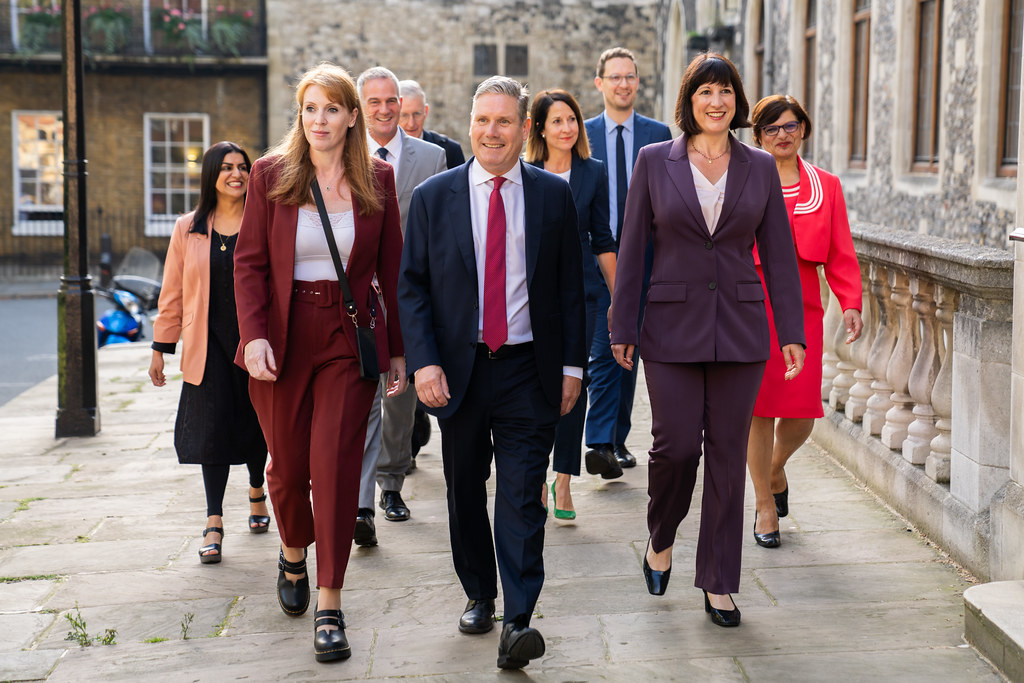There is little point in having a communications strategy if you are not prepared to act on it, says James Flanagan.
To engage stakeholders and therefore to win, people running businesses or large programmes need to communicate effectively with them. In spite of the simplicity of this statement and the wealth of communication knowledge available there is very often a breakdown which means effective communication does not happen.
A strong link between the business and the communication strategy is important, as is the structure and content of the communications strategy itself. The cause of the breakdown in the effectiveness of the communications strategy, however, lies not in the strength of this link or the structure or content of the strategy but in the corporate slumber that prevails in organisations; it is a condition that demonstrates an absence of openness, honesty and action, the activities necessary to be self-aware.
The creation of a water tight communications strategy is relatively straightforward and can be developed in parallel with a communications audit. Both tools look at the six key aspects for compelling and engaging communication: clear objectives, solid principles, reliable message development, a good understanding of the stakeholders, the right tools and channels and an approach to minimising risks.
 "Do those in charge know and agree what the change is and why it is being undertaken? Have they identified what the benefits will be, who is likely to be affected, what is going to change, when it will happen and what we want from people?"
"Do those in charge know and agree what the change is and why it is being undertaken? Have they identified what the benefits will be, who is likely to be affected, what is going to change, when it will happen and what we want from people?"When conducting a communications audit or developing a strategy a good garrison to commence from is to look at the objectives of the organisation or programme.
Is there a clear description of the current situation and what is unsatisfactory about it? Do those in charge know and agree what the change is and why it is being undertaken? Have they identified the benefits, who is likely to be affected, what is going to change, when it will happen and what we want from people? More often than not this is not known.
The next aspect to analyse is the principles, the rules or beliefs governing the creation of the communications? Examples to look for or use are:
to deliver messages that meet the specific needs of the stakeholders given the phase they are in; that are in accordance with the overall programme plan; that communicate the why as well as the what; to communicate decisions directly to those involved at the earliest practical moment and to other stakeholders thereafter, and to use the appropriate tool and channel of communication for each stakeholder group given the phase they are in.
The third aspect is the process by which communications are developed, which people are involved and when and who signs them off. Is the process robust and reliable so that when the audience receives them they believe them because they know there are valid?
Project success
Stakeholder analysis, the fourth aspect, is undertaken to determine the groups who will be impacted and affected by the programme, who we need involvement and/or commitment from, which groups are critical in making the project successful, including relationship and dependencies and any characteristics that may impact the project, for example lack of vision, poor communication skills, agents, blockers.
The fifth aspect is the process of getting the right message to the right stakeholder at the right time and in the format they need it. There are three main categories of communication channels:
- Face-to-Face, including the mobilisation event, drop-in surgeries, road shows, cascade briefings, workshop focus groups, presentations and interviews.
- Paper-based channels include newsletters, bulletin boards, surveys, the organisation’s magazine and pamphlets.
- Technology-based processes consist of pre-recorded videos, e-mail/internal mail, websites and virtual conferences.
The final, but one of the more important aspects, is to look honestly at the potential risks that could affect the benefit of the strategy. Is there a process to gain feedback from stakeholders? Feedback supplies the necessary information to focus future communications. Is there a lack of visible sponsorship and commitment at the local level? Is there an effective cascade through all levels of employees? Could local customisation of communication result in mixed messages across the business?
What we need to do
The breakdown occurs when the communication strategy, although developed correctly, is not acted upon. It gathers dust. Corporate slumber leads to a reliance on the document itself to transform when what is needed is to be open and honest about what the document is telling us and then take the appropriate action.
Clear messages are not enough, they must be communicated, internalised and drive behaviours. We need to have principles so that when people receive the messages they believe them because they know them to be true and see them taking place; truth and action over spin.
We need to be heroic and take action to put things right. It is not acceptable to recognise there is a problem, for example, "we give managers the messages but they do not deliver them because they do not have the communicate skills", and then not to act upon this by giving them the skills to communicate effectively.
"Are we hopelessly searching for some new channel when what we need to do is to know how and when to use the ones we have more effectively?"
Is our internal communication department fit for purpose, can they do the job or have they gone native and started speaking like misinformed stakeholders? Do we really know our stakeholders? Do we know what they think about us, what we are trying to achieve and what they want from us? Do we have they courage to ask them? Or will it require too much effort. A paper-based stakeholder analysis created in an isolated office is not enough. We need to meet with them.
Are the channels we use correct? Are we hopelessly searching for some new channel when what we need to do is to know how and when to use the ones we have more effectively? Some managers believe that simply sending an email is sufficient and then complain when no one seems to have acted upon it?
Do we have the honesty and confidence to really recognise what is wrong and then have the courage to put the situation right or at least to begin to improve it? Is the real risk to the strategy nothing other than our own inability to take action?
Unless we wake up from the corporate slumber and become open, honest and take action we will not win or achieve our objectives. To win we need to take the knowledge we have and embellish it with focused and courageous action.
James Flanagan a training director of consultancy specialising in positive leadership, has worked in a broad range of companies including IBM, Lilly, Harley Davidson, BUPA and UNICEF.









